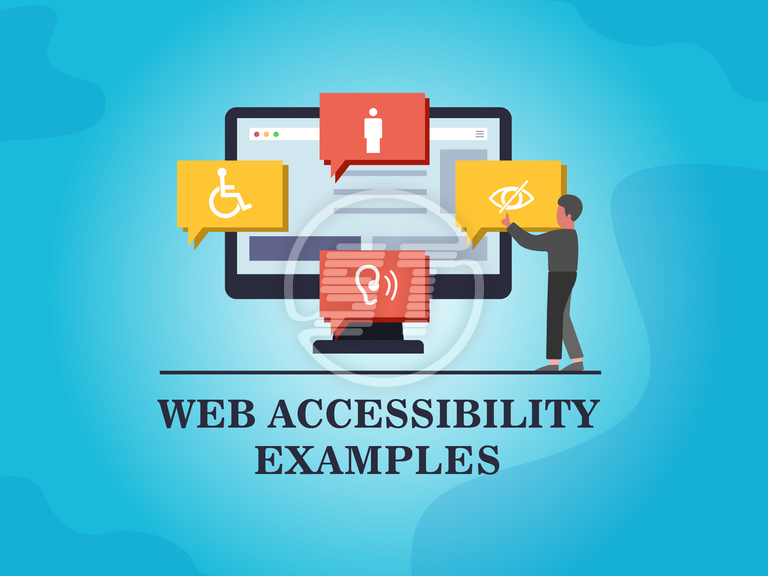Shop At Haya: Your Ultimate Shopping Guide
Discover the best shopping tips, trends, and deals for a smarter buying experience.
Web Accessibility: The New Frontier for Digital Inclusion
Discover how web accessibility is breaking barriers and paving the way for a more inclusive digital world. Unlock the future today!
Understanding Web Accessibility: Key Principles and Benefits
Understanding web accessibility is crucial for creating an inclusive online experience. It ensures that digital content is usable by everyone, including individuals with disabilities. The key principles of web accessibility include perceivable, operable, understandable, and robust. By adhering to these principles, web developers and content creators can facilitate easier navigation and interaction for all users. For example, providing text alternatives for non-text content, ensuring that all interactive elements can be accessed via keyboard navigation, and structuring content logically are all essential practices to improve accessibility.
The benefits of implementing web accessibility extend beyond compliance with legal standards. Accessible websites can reach a wider audience, enhance user experience, and improve search engine optimization (SEO). A site that is easy to navigate and understand is more likely to engage users and keep them on the page longer. Additionally, search engines favor websites that provide clear, organized content, which can lead to higher rankings in search results. By focusing on understanding web accessibility, you not only create a more inclusive environment but also enhance your online presence and business success.

Common Myths About Web Accessibility Debunked
Web accessibility is often shrouded in misconceptions that can hinder the development of inclusive digital spaces. One common myth is that accessible websites are only necessary for people with disabilities. In reality, web accessibility benefits everyone, including individuals with temporary impairments, such as a broken arm or those in challenging environments, like bright sunlight. By implementing accessible design practices, businesses can enhance user experience and widen their audience reach.
Another prevalent myth is that making a website accessible requires excessive resources and expertise. This perception can discourage many from taking crucial steps towards accessibility. Contrary to this belief, there are numerous tools and best practices available that can facilitate the process without a heavy financial burden. Simple adjustments, such as alternative text for images, keyboard navigation, and appropriate color contrasts, can significantly improve accessibility without breaking the bank. Remember, accessibility is an ongoing commitment, and even small changes can lead to substantial improvements.
How to Evaluate Your Website for Accessibility Compliance
When assessing your website for accessibility compliance, the first step is to conduct a comprehensive audit using reliable tools and guidelines. Start by verifying that your website meets the standards set by the Web Content Accessibility Guidelines (WCAG). You can utilize various automated testing tools, such as Axe or WAVE, which provide a quick overview of your site's accessibility status. However, remember that automated tools should complement, not replace, manual testing. For instance, evaluate your website's color contrast, semantic HTML usage, and keyboard navigability.
In addition to automated tests, involve real users with disabilities in your evaluation process. This qualitative feedback can uncover issues that tools might miss. Organize usability tests where participants use assistive technologies like screen readers or voice recognition software to interact with your site. Collect their input on their experience and make necessary adjustments. Finally, maintain compliance by regularly reviewing your site for accessibility, as updates or design changes may inadvertently harm usability for individuals with disabilities.